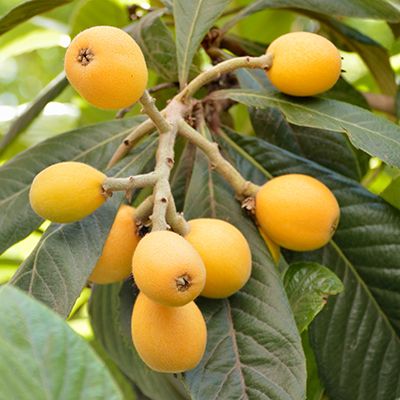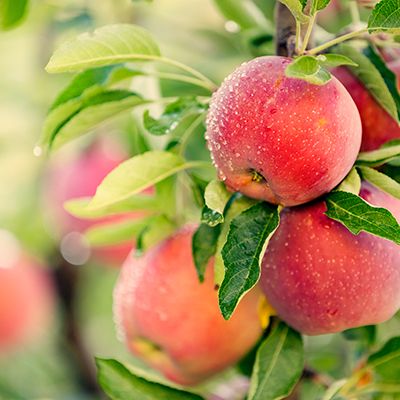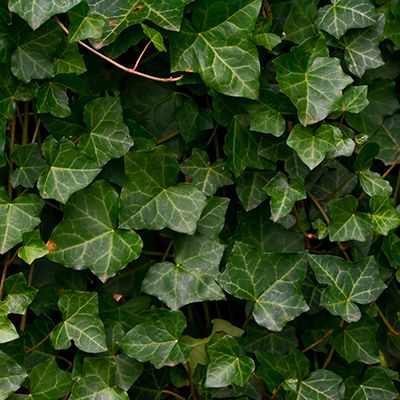


Fruit Tree and Vine Care Calendar

- Monterey Liqui-Cop® (product must contain at least 30% copper) once each at the end of November, December and January. Three dormant sprays of Monterey Liqui-Cop® mixed with Horticultural Oil (two teaspoons Copper plus 8 tablespoons of oil in one gallon of water.)
- Remove and dispose of leaves in the fall. Give one treatment same as #1 (above) plus another spray one to two weeks after petals fall.
- Prune trees during dormancy. See our Fruit Tree Pruning Care Guide to identify fruiting wood. If you are unsure, it’s okay not to prune until spring when the tree is in bloom. See #12 for Apricots.
- Apply dormant sprays after pruning. Do not spray once trees are in leaf. See our Dormant Spray Schedule Care Guide for specific sprays. Thorough coverage is essential. See #1 for Peaches
- If trees show enough shoot growth and good fruit set the previous season, fertilization may not be needed, especially for mature trees.
- All stone fruit: Remove and dispose of fruit mummies and rotting fruit in the fall. Prune out infected twigs and branches during dormancy. Spray with Monterey Liqui-Cop® and Horticultural Oil. Please see our individual fruit tree care guides for specific details.
- Susceptible fruits include Apples, Pears and Loquats. Prune blackened branches out about 9 inches below infected wood and destroy. Sterilize pruners after each cut. Spray tree with Monterey Liqui-Cop® (same as #1) before buds turn green and one-half to one and one-half teaspoons at 5-7 day intervals when in bloom.
- Apply wettable or dusting Sulphur at 6, 12 and 18 inches of shoot growth (three initial applications), then at two to three week intervals until the fruit softens. Thin foliage to increase air circulation.
- For codling moth worms in the Apples or Pears spray with GardenTech Sevin® after all flower petals have dropped and then again one month later.
- Use Bonide® Fung-Onil™, dusting Sulphur or wettable Sulphur two to three weeks before harvest. Do not use Sulphur on Apricots.
- Spray with GardenTech Sevin® when adults are first detected in pheromone traps. Spray again one month later.
- To prevent Eutypa, prune Apricots in August or September or at least 30 days before the first rains. Symptoms of Eutypa include dieback of large limbs. Currently, summer pruning is the only preventive.
- Insert a stiff wire into larvae hole (see Frass) to kill larvae. Spray area with GardenTech Sevin® in May and again in July
Adapted from Ogawa & English (1991), Diseases of Temperate Zone Tree Fruit & Nut Crops, UC Extension Publication 3345 and Flint (1998), Pests of the Garden and Small Farm, 2nd Ed., UC Extension Publication 3332. These publications can be ordered from the San Mateo County Office of the University of California Cooperative Extension at 650-726-9059. Please also see our Information Sheets for Individual Fruit Trees.
Last update: 07/16/2022